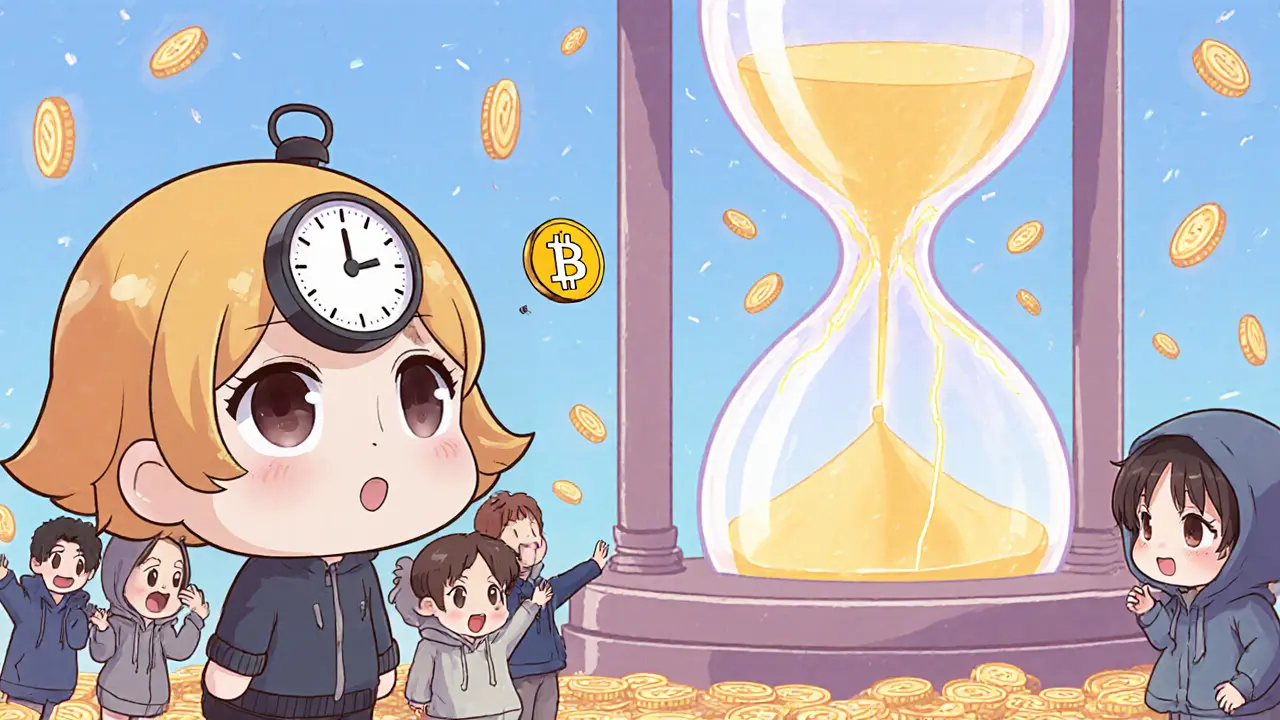Blockchain Confirmation: What It Is and Why It Matters
When you send Bitcoin, Ethereum, or any crypto, blockchain confirmation, the process where a transaction is verified and added to the public ledger by network nodes. It's not instant, and it's not magic—it's math, nodes, and consensus working together. Without confirmation, your transaction is just a message floating in the ether. No one knows if it’s real, if it’ll stick, or if the sender even had the funds to begin with.
Each blockchain transaction, a transfer of value recorded on a distributed ledger needs to be checked by multiple computers across the network. These computers, called nodes, verify the signature, check if the sender has enough balance, and make sure the same coins aren’t being spent twice. Once they agree, the transaction gets bundled into a block. That’s one confirmation. Then, more blocks get built on top of it. Each new block adds another layer of security. Six confirmations on Bitcoin? That’s the gold standard—it means the transaction is nearly impossible to reverse.
But not all blockchains work the same. Ethereum might confirm in 15 seconds. Bitcoin takes 10 minutes per block. Some newer chains like Solana or Polygon confirm in under a second, but they trade speed for different kinds of trust assumptions. That’s why you see warnings like "Wait for 3 confirmations" on exchanges. It’s not paranoia—it’s protection. A low-confirmation transaction on a smaller network could still be reversed if someone controls enough hash power. That’s why tokens like RP1, ARX, or DPINO often vanish: they’re built on chains with weak confirmation security, and nobody’s watching the door.
The number of confirmations you need depends on what you’re doing. Sending $5 to a friend? One might be enough. Buying a $50,000 NFT? You want at least six. Exchanges like HTX, Nexus Trade, or DueDEX often hold your deposit until they see enough confirmations before letting you trade. It’s not a delay—it’s a safety net. And if you’re dealing with airdrops like NFTP or WSPP, a fake claim might say "instant confirmations," but real blockchain confirmations can’t be rushed.
Understanding blockchain network, a decentralized system of computers that maintain and validate a shared ledger behavior helps you avoid scams, timing mistakes, and lost funds. If a token’s transaction takes hours to confirm, that’s a red flag. If a DEX like Uniswap v4 on Blast says it’s fast, check the underlying chain’s confirmation rules. Layer 2 solutions like zkSync Era or Arbitrum reduce fees and speed up confirmations, but they still rely on the main chain for final security. That’s why restaking or bridging assets requires knowing how many confirmations are needed on each side.
There’s no universal rule for how many confirmations equal safety—it’s about risk tolerance, chain strength, and value at stake. But one thing’s clear: if you don’t understand blockchain confirmation, you’re trading blind. The posts below break down real examples—from how Egyptian banks track crypto transactions to why some exchanges ban privacy coins—to show you how confirmation rules shape everything from compliance to scams. You’ll see what happens when confirmations fail, how scams exploit slow networks, and how to protect yourself before you hit send.
